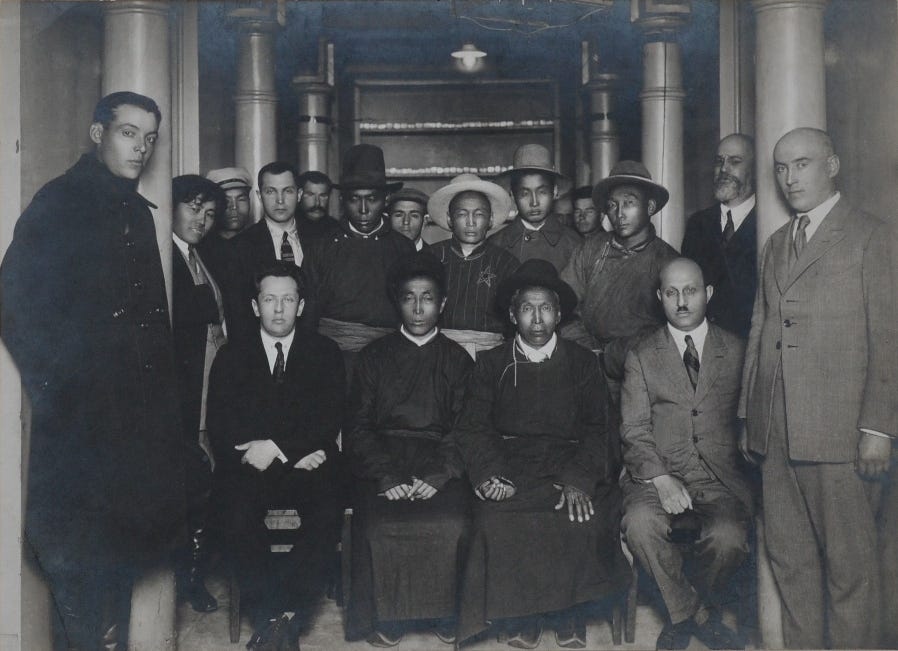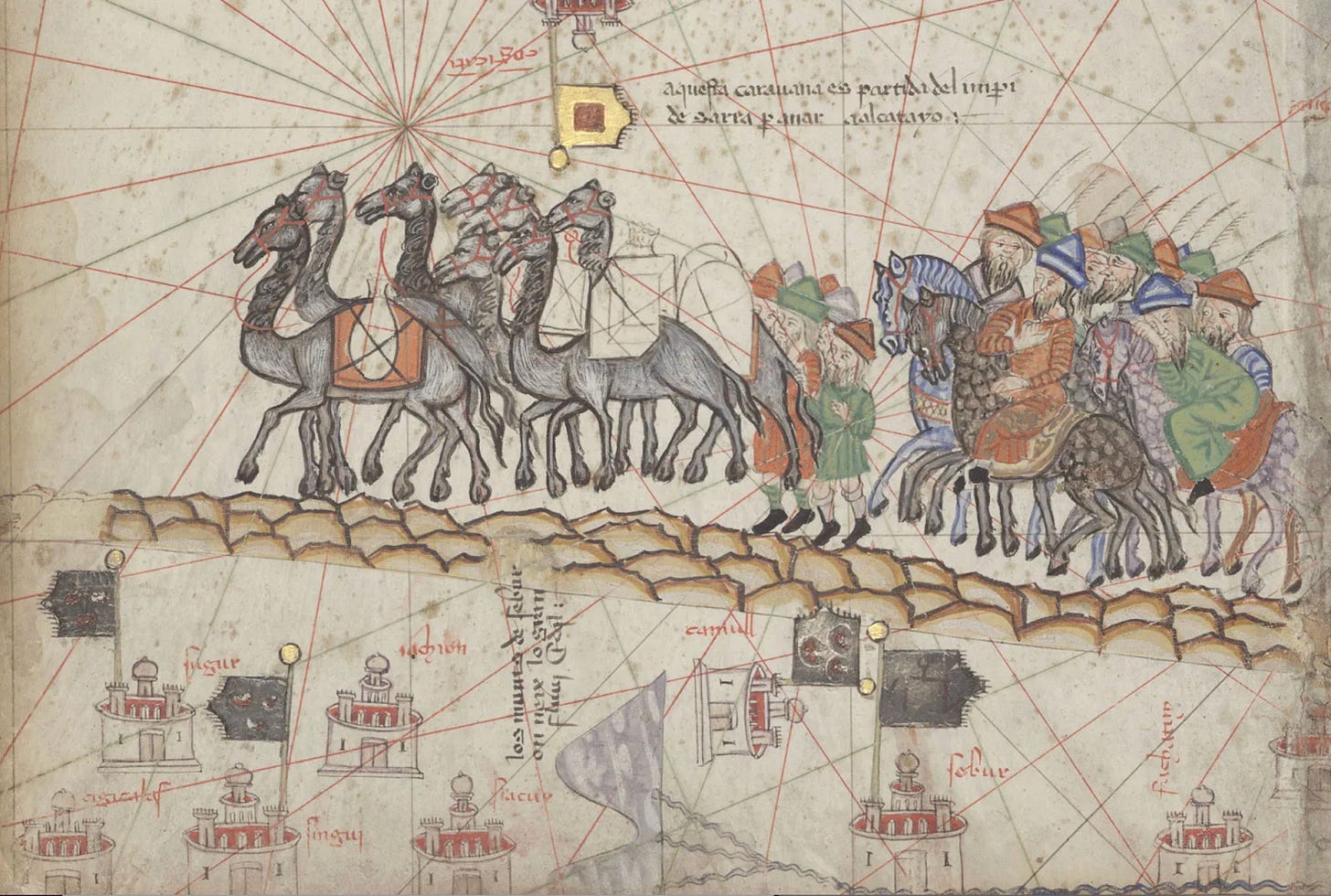implied by the arrow
how poetry and art work, how our breath is turned to substance, and the averted visions of Richard Feynman.
In the structure of the human eye the retina sits at the back of the sphere, a layer of nerves like the skin of a balloon towards the skull. In the retina there are a collection of cells that receive light and color; photoreceptors. These photoreceptors are called rods and cones. The rods receive light and cones receive color and together they form a whole of vision. There are more rods on the sides of the retina, whereas the cones are gathered around the focal point. Because of this, our night vision works in a particularly indirect way. With low light and little color, the things we see at night in our periphery are picked up easier by the rods. This is called averted vision. If you turn your gaze to the heavens at night, there are stars that appear only when you are not focusing on them, they can only be seen on the sides. Rods pick up photons, no color, but when you look directly, with the cones, the object disappears. This is a metaphor for knowledge of a certain type, how travel, art, and poetry work to inform. Perhaps, a way of understanding the distinction between truths and facts.
These averted understandings are felt in awe and wonder. They are hard to pin down but they seep in somehow, from the sides. The below vignettes dance to this tune.
THE AWE
I was born in 1979, when most house phones were still rotary and network television held the collective culture of North America. There are technological leaps that, when they occur, shift the distances between things. They move a paradigm. When airplanes made lack of roads moot, or the bicycle took hold and sped up commutes. The internet was not commercially available in my youth, that wouldn’t happen until the 90’s. For me, to be able to reach out into the ether and connect with some distant place, it took airmail and short wave radios. I am lucky to have lived like this and to learn what it felt like to search and discover in slow time, to sit in a dark room late at night (for night is when they work best) and slowly scroll the dial of a world radio listening to languages I did not know, and try to imagine what they might be saying. It was a non-physical way of exploration populated by awe and wonder. To have to wait until Friday at 8pm to watch the show, or check the physical mailbox daily for my pen pal’s letter to arrive. The hours spent waiting for things allowed for ideas and boredom, allowed for me to be able to imagine; the economy of time. And when the airmail finally arrived, in its onion skin paper and blue color, there were marks of a journey only the paper could take, like a package from the old Silk Road, it had seen the world I wanted to explore, the letter held hopes and dreams. On the top right corner of the mail were stamps, licked and placed and usually inked over with various checkpoints along the way, a passport of travel, a slice of imagined geographies in my child's mind. This fascination is inside; it is part of being human, why we walked the moon and its sea of tranquility, dove to the depths of the Mariana Trench, and flew over oceans.
When Richard Feynman was a child he collected stamps as well. A mind like his was, and always was, hungry and curious and he used stamps in this way, as a tool for mental exploration. They were not just representations of places and ideas, they actually were of those far off places, they were totems, sacred objects worthy of worship. A particular stamp stood out and left a mark, a diamond shaped stamp from the country Tannu Tuva. Stamp dealer and famed forger Béla Székula made them in the 1930’s and forged them for years as well, being both the creator and copier in one medium. Feynman wasn’t sure if his was a real one or a forged one but that mattered little, what was intriguing was the country. It felt like a Borges story, some made up joke of philately, a fabulated country to tease or poke. But even fictional places hold value (much like a forgery holds a value although deceived), and countries hold a fiction in themselves, geopolitical lines drawn up at the whim of those holding the pens. Tannu Tuva was no fiction, although it was ephemeral; it was a small country that existed between 1921 and 1944 in the middle of Siberia and western Mongolia. The culture of the Tuvans originated in the Orkhon valley along with the Göktürks and Uyghurs, and the same valley that was the home of Genghis Khan’s capital Karakorum. Years later, after winning a Nobel prize for quantum electrodynamics, assisting in the development of the atomic bomb during World War II, and helping the US government understand the issues with Space Shuttle Challenger disaster, Tannu Tuva would resurface, and the itch never scratched would come back to life. Feynman would spend his final years working on a road-trip with his friend Ralph Leighton to get to Tuva, never to make it. But the making it to Tuva wasn’t needed, it was the spark. The awe was what Feynman was really after, the reverential respect mixed with fear or wonder
Feynman’s field of study was quantum electrodynamics. He was awarded the Nobel prize in Physics for work pertaining to the strange way electrons and photons act like waves and particles, and how they change when observed. Specifically, he created a way of diagraming these strange events, a way of visualizing, an artistic curious point of view that helps new understanding seep in.
“The way I think of what we are doing is, we are exploring, we are trying to find out as much as we can about the world. People say to me, “Are you looking for the ultimate laws of physics?” No I am not. I am just looking to find out more about the world.” -Feynman
THE MYTHOS
In a prison (the Palazzo di San Giorgio) in Genoa, in early 1298, inmate Rustichello da Pisa met a newly imprisoned Marco Polo who was 44 years old. They had the economy of time and spent days talking and telling stories. Polo had a life story to tell, one that started when he was 17 years old and was a story of his grand adventure from Acre to Asia and back, and what he saw there. Rustichello had written before, The Romance of King Arthur, the earliest known Arthur legend written by an Italian. He knew how to write a legend and a hero. Polo told the stories and da Pisa remembered them and wrote them down over the next two years. This became The Travels of Marco Polo. There was space for factual error, a middle aged Polo recounting his youthful travels, a romance novelist recounting the tale told in a prison, but facts and truth are distinct and different, and to have one you might not need the other.
In 1972, years later and not far from the Palazzo di San Giorgio, Italo Calvino published a novel called Invisible Cities, a thought experiment of conversations had between Polo and Kublai Khan, and the fabricated cities Polo creates to entertain and awe the audience of Kublai Khan; a philosophical game on the relationship between fact and fiction and a playful showing of fiction flowing in travel literature, how porous and fluid it can be, a historiographic metafiction.
THE MATTER
It had been some time since I had been in a car with new friends, strangers, on a road trip. My kids are just starting to turn double digits so the past decade has been mostly in a certain local family bubble and little new adult friendships. There are adults I meet through my kids friends parents, but that is a whole social world that is a bit different. No, this was new, middle aged desert of newness in friends. I think this must be natural. I was excited to be in a car on a road trip with three others (two I had just met) heading on a 4 hour drive then an hour and a half ferry, on an adventure, to participate in a wonderfully middle aged slow activity, we were going birding.
As we drove we took turns playing songs that would eventually be gathered together in a playlist for keepsake. We also told each other our life stories and asked a lot of questions of each other. We had idle time. One of us was a Beekeeper and chemist, another a leader for a large international bird organization, another a novelist and playwright. We were talking about things that perpetually amaze us in our worlds, things that snap us out of it from time to time. Amazements of life on earth.
There is one simple miracle that stands alone in my world as a focal point of amazement, where all things are derived, a true miracle that we can witness daily as the sun starts to rise. Something I think that is glazed over in grade school, but whole years should be spent observing and discussing; the process of photosynthesis, the way plants turn sunlight into food, the magic of taking air and making glucose out of it with a few electrons and some strange wave patterns birthed from a sun. It really is a mind blowing, somewhat misunderstood (and on a quantum level not fully understood) process.
The formula for the process of photosynthesis is written as:
6CO2 + 6H2O → C6H12O6 + 6O2
This means that the reactants, six carbon dioxide molecules and six water molecules, are converted by light energy (implied by the arrow) into a sugar molecule and six oxygen molecules, the products. One more time, with passion:
Carbon Dioxide + Water → Sugar + Oxygen
What is it that the sunlight does? Its photon particles/waves knock an electron or two from the molecules in the Carbon and Water.
How? Momentum and power and force?
The Electron then instantly appears elsewhere in the cell attached to something else, and in part we aren’t clear as to how, a quantum leap, allowing for the creation of Sugar and Oxygen out of breath and water. Without diving too deep into the physics, let us use the words of poetry to do the work for us; our breath is turned to substance by the light of an exploding star.
THE FIRE
Carbon in wood comes from carbon dioxide in the atmosphere. Trees draw carbon dioxide from the atmosphere through the process of photosynthesis. Almost all of a tree's weight, its mass, around 95% of the whole, comes from the air. This is opposed to the idea that tree’s grow from the ground. They do gather some minerals and materials from the roots, but only about 5% of the mass, the rest comes from the effect of light hitting carbon dioxide and knocking loose a few electrons into chlorophyll which turns the light into sugar. It turns light…into sugar. When we burn wood, the carbon vibrates and is excited to the point where it has enough energy to join back with the oxygen it lost in photosynthesis. This joining releases a large amount of energy which excites other carbon nearby, allowing for more joining of oxygen. A series of cataclysmic events begins, thus fire. The energy released originated in the process of photosynthesis, the process of turning of light into matter. The fire we see is the matter turning back into light. It is, in a way, the re-emergence of the sun.










